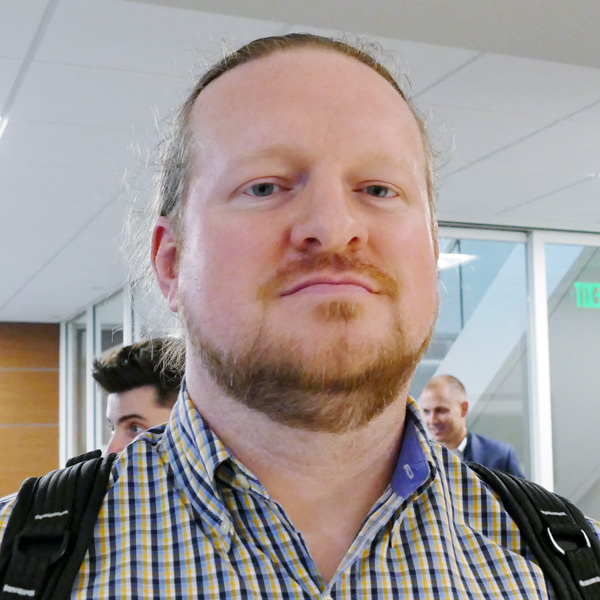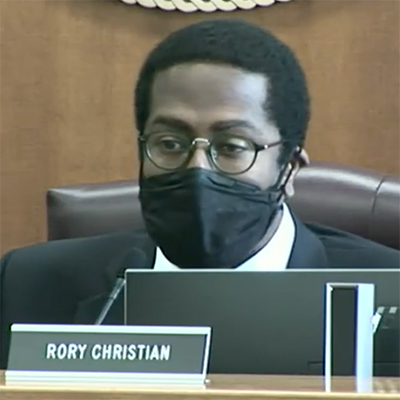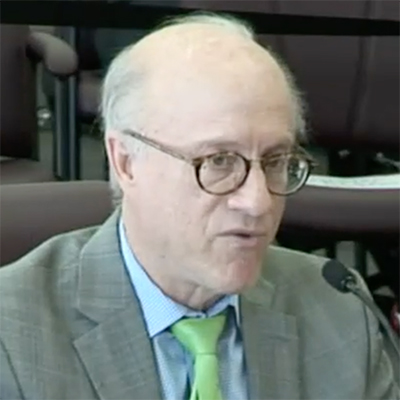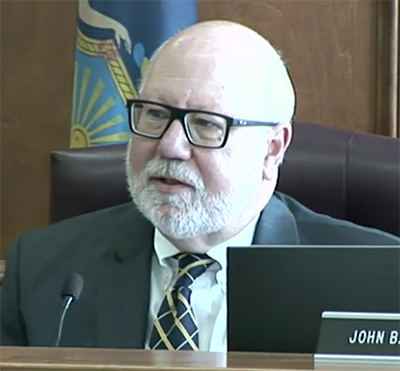Dominion Energy’s (NYSE:D) proposed offshore wind project in Virginia has run into some stiff headwinds as it seeks state regulators’ approval.
In testimony filed with the Virginia State Corporation Commission (SCC), commission staff and the state attorney general’s Division of Consumer Counsel questioned the cost of the 2.6-GW Coastal Virginia Offshore Wind (CVOW) project and called for ratepayer protections (PUR-2021-00142). A consultant for Synapse Energy Economics also questioned Dominion’s ability to bring the project in on budget, citing its lack of experience with offshore wind.
The filings were made as the SCC prepares for hearings on the project beginning May 16. In November, Dominion announced that the projected cost had increased by more than 20% to $9.8 billion, citing “commodity and general cost pressures.” (See Dominion’s OSW Project to Cost $9.8B, up from $8B.)
Based on testimony by consultant Scott Norwood, the Consumer Counsel filing says that the project is not needed to serve the company’s system capacity requirements through at least 2035; that the capital costs are about twice or three times the cost of solar resources; and that the company is overstating the forecasted economic benefits.
The filing acknowledged that the legislature’s Virginia Clean Economy Act of 2020 (VCEA) “declared that utility-owned offshore wind electric generation facilities are … in the public interest” and directs the commission “to give due consideration to economic development and social cost of carbon benefits of the project.”
But given the high fixed cost of CVOW and the “significant risks” to customers, if it is approved, Norwood recommended that the SCC hold Dominion strictly to the $9.8 billion cost figure; that the SCC hold the company to minimum standards on capital, operations and maintenance costs, and operating performance; and that the agency have “the company publicly commit to in-service dates.” Moreover, the company should “be required to file periodic status reports … that address the performance and cost of the project through the construction period and for at least the first year of commercial operations.”
If Dominion finds that an in-service date is going to be delayed by more than six months or that it will overrun the $9.8 billion estimated cost by 5% or more, the filing says, the SCC “should require that the company make an immediate filing with the commission that provides notice of the delay or cost increase, provides an explanation of the reasons for the delay or cost increase, and which reopens the question of prudence” of the project as a whole.
Presumption of Prudence in Jeopardy
Katya Kuleshova, of the SCC’s Division of Public Utility Regulation, testified that levelized cost of energy (LCOE) sensitivity analyses show scenarios in which the project’s cost exceeds 1.4 times the cost of a conventional simple cycle combustion turbine — which would eliminate the project’s “presumption of reasonableness and prudence” under the VCEA.
Kuleshova said staff also were concerned that the project’s energy production is expected to be at its highest during shoulder months and at its lowest during summer afternoons, when it is needed the most.
“In the absence of the statutory presumption of prudence, staff does not take a position on the prudence of the project,” she said, recommending the commission order a performance guarantee and cost overrun protections to mitigate risks to ratepayers.
In an email to RTO Insider on Thursday, a spokesperson for Virginia Attorney General Jason Miyares said that his office cannot comment on “pending litigation.”
Dominion responded to the filings with a statement saying, “Offshore wind’s zero fuel cost and transformational economic development and jobs benefits are needed now more than ever.”
Company spokesperson Jeremy Slayton also noted that none of the parties intervening in the docket had opposed the project’s approval. “We are pleased all parties to the case have focused on ways to have the best possible project, and none have opposed it,” Slayton said.
Testifying for activist group Clean Virginia, Maximilian Chang, principal associate with Synapse Energy Economics, recommended that the SCC “conduct an assessment to evaluate if the current utility-owned model for the CVOW is the most appropriate mechanism for the second 2,600 MW of offshore wind for Virginia, as outlined in the Virginia Clean Economic Act legislation. As part of this assessment, the commission may consider other forms of offshore wind procurement, including but not limited to power purchase agreements and/or offshore renewable energy credits.”
The problem, in Chang’s view, is that outside of CVOW, Dominion’s project team appears to have limited direct offshore wind project experience that would show its ability to complete the project on time and within budget. Like the consumer counsel, he recommended that the SCC impose a capital cost cap for the project, but he also suggested that the cap exclude the $500 million the company is requesting for financial hedges and contingency. If the project’s capital costs increase beyond $9.8 billion, Chang said, the commission should set clear guidance that Dominion could be on the hook for overruns. The utility should also be required to submit regular progress reports, and to hire an independent monitor, he said.
In addition to 176 14.7-MW wind turbines, the project includes 3 miles of submarine transmission; a new Harpers Switching Station, located on the grounds of Naval Air Station Oceana; three new overhead 230-kV transmission lines between the new Harpers station and the existing Fentress Substation; the expansion of the Fentress station; a partial rebuild of Line 271; and a rebuild of Line 2240. Dominion estimated a cost of $774 million for transmission and $374 million for substation work, for a total of $1.15 billion.
Dominion requested a final order by Aug. 5, which would allow onshore construction to begin in the third quarter of 2023, followed by offshore construction in the second quarter of 2024, with construction finished in mid-2025. Commissioning of the turbines would begin in August 2025 and continue through the end of 2026.
Economic Impact
The company says the project will create approximately 900 jobs and have $143 million in economic impact annually during construction, increasing to approximately 1,100 and almost $210 million annually during its operation.
Norwood said Dominion’s cost-benefit analysis is flawed because it compared total production costs of the system in a scenario with the project, to costs of the system under an alternate scenario that assumes the company would not replace CVOW’s capacity and energy with other renewable resources. The utility’s modeling created “illusory benefits” for the CVOW project, he said.
Norwood also criticized Dominion for failing to include sensitivity analyses to assess the impact of uncertainty in forecasted commodity prices, carbon emissions prices or PJM energy prices. “For example, the commodities price forecasts used for all CBA scenarios assumes that Virginia remains as a member of the Regional Greenhouse Gas Initiative and that federal CO2 legislation becomes effective in 2026,” he said.
The commission will hear public testimony via phone May 16 and hold an evidentiary hearing in Richmond beginning May 17. Both hearings will be webcast. Those wanting to speak as a public witness must register by May 12.




